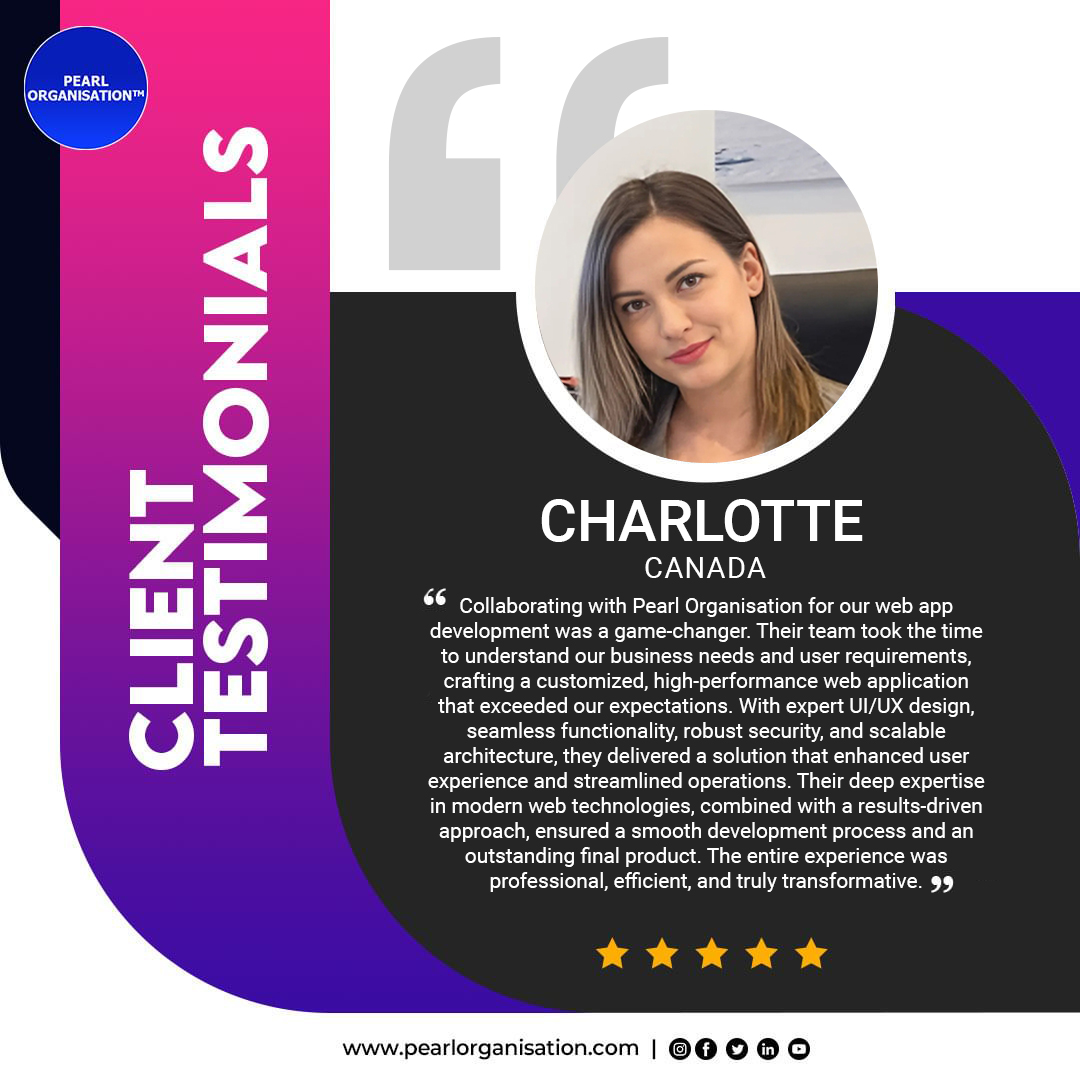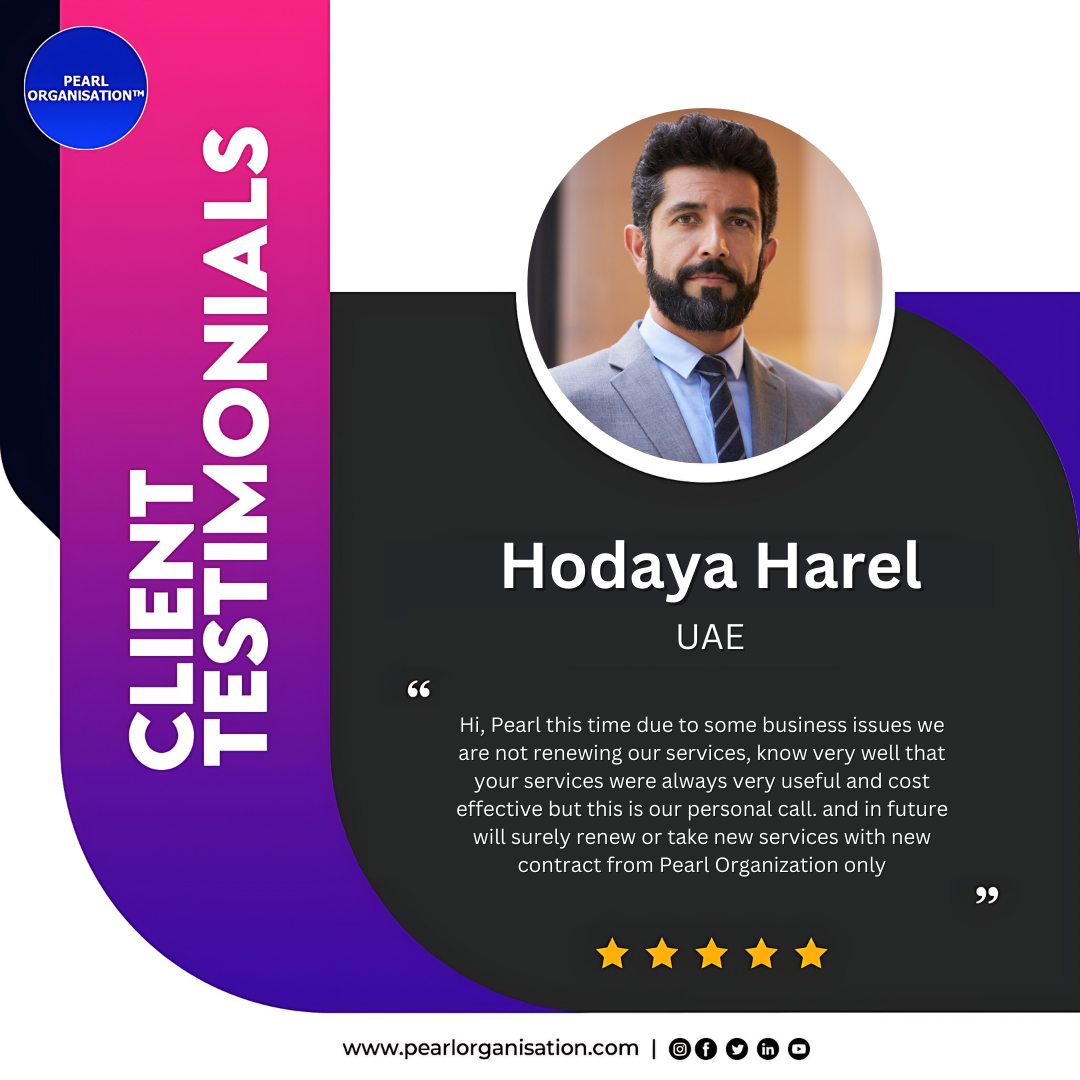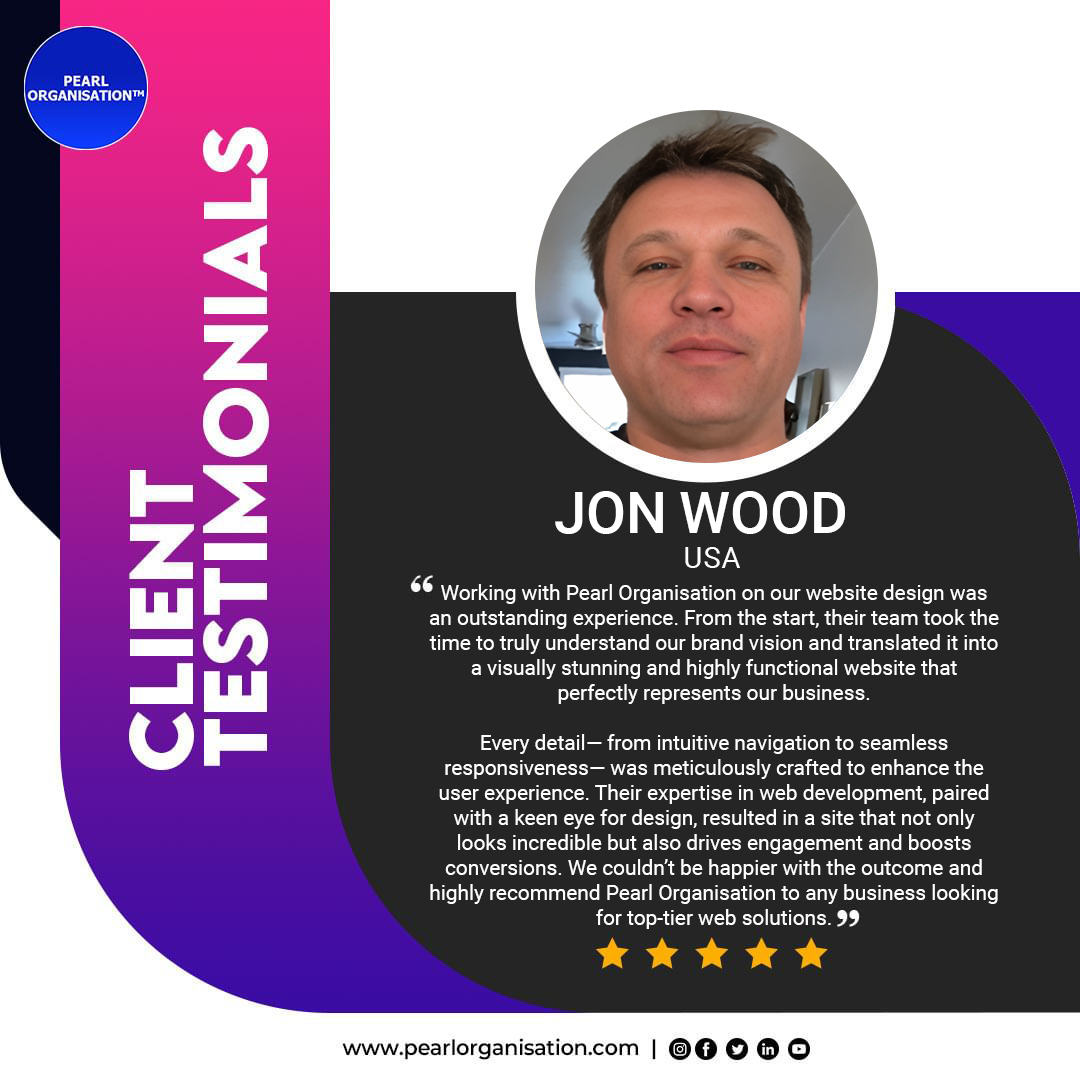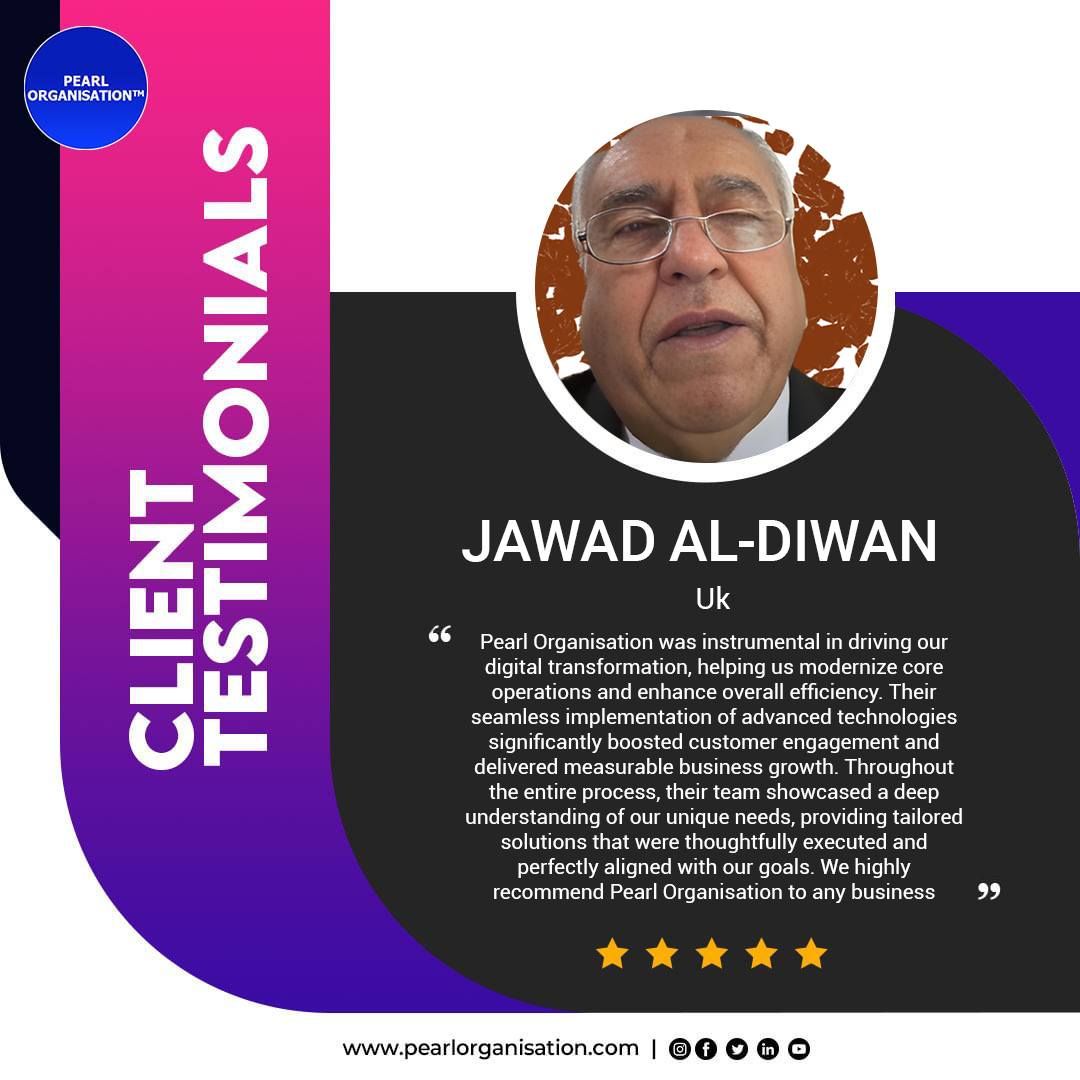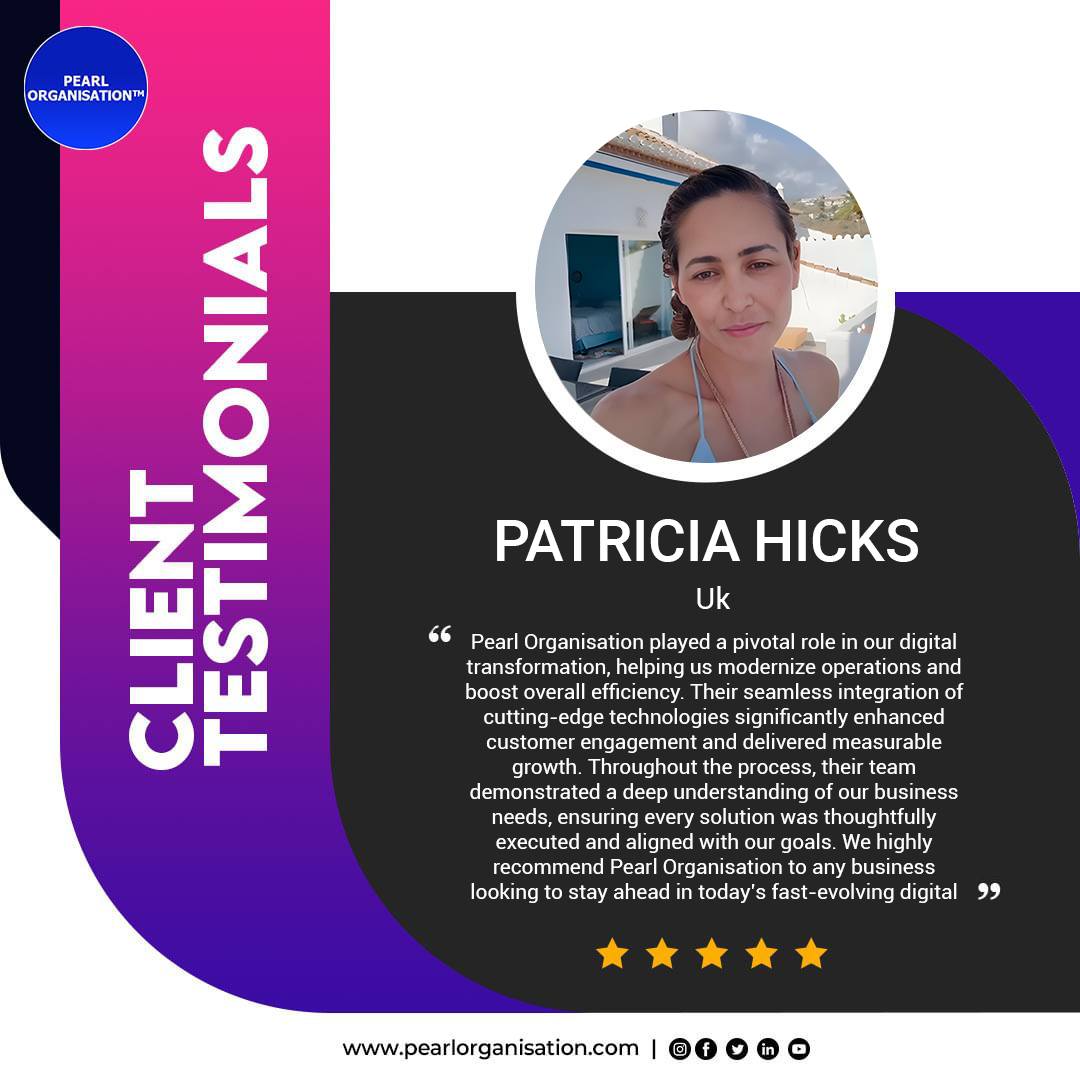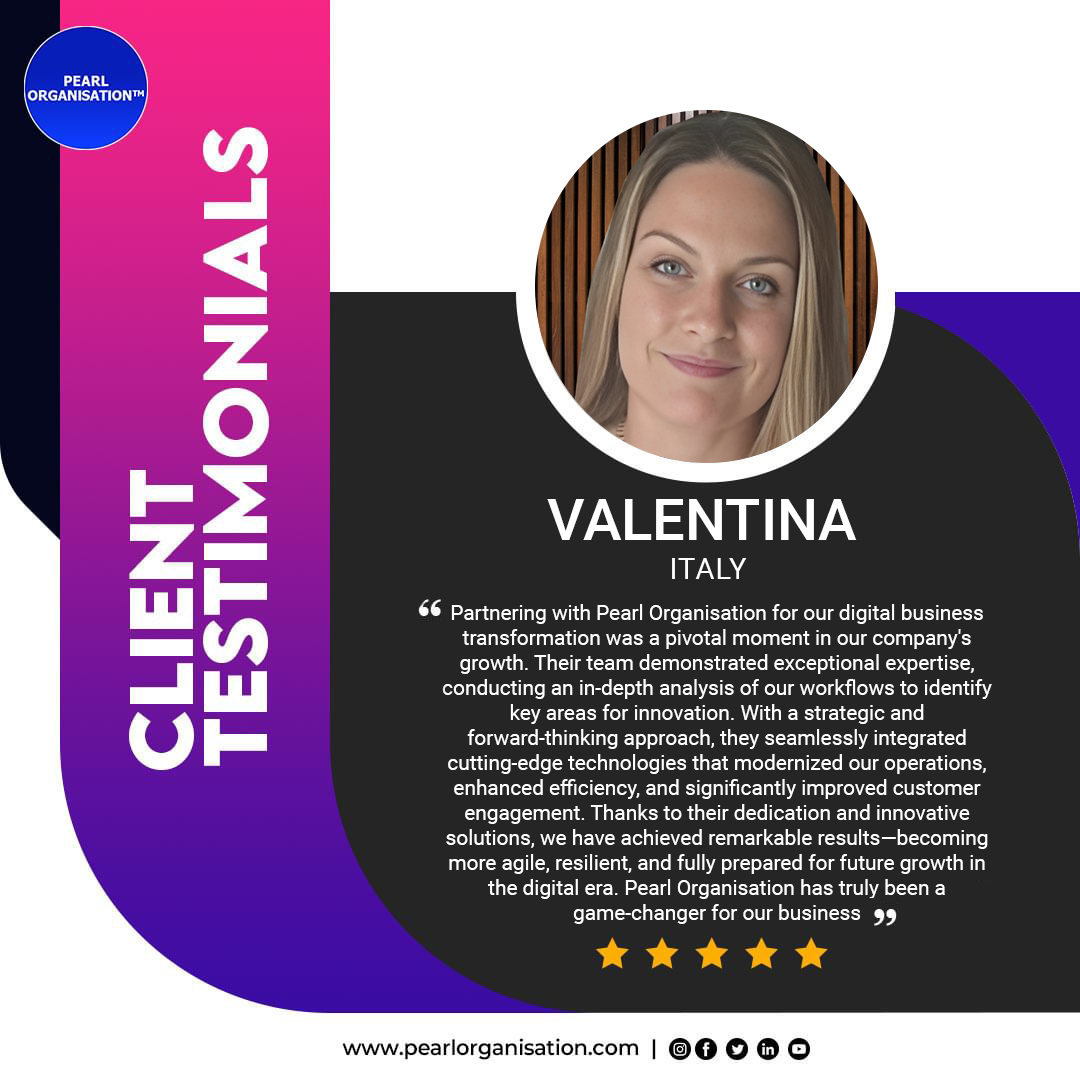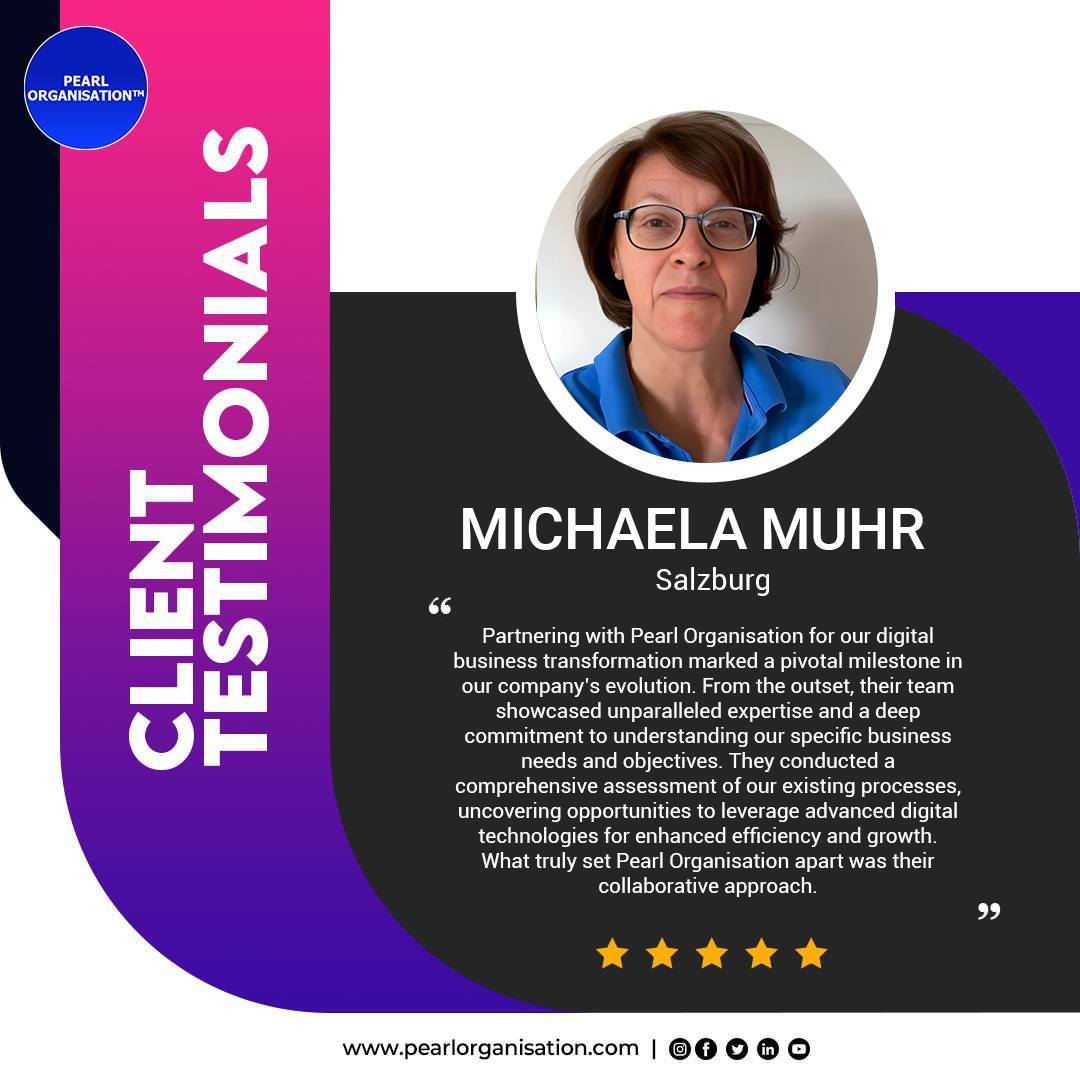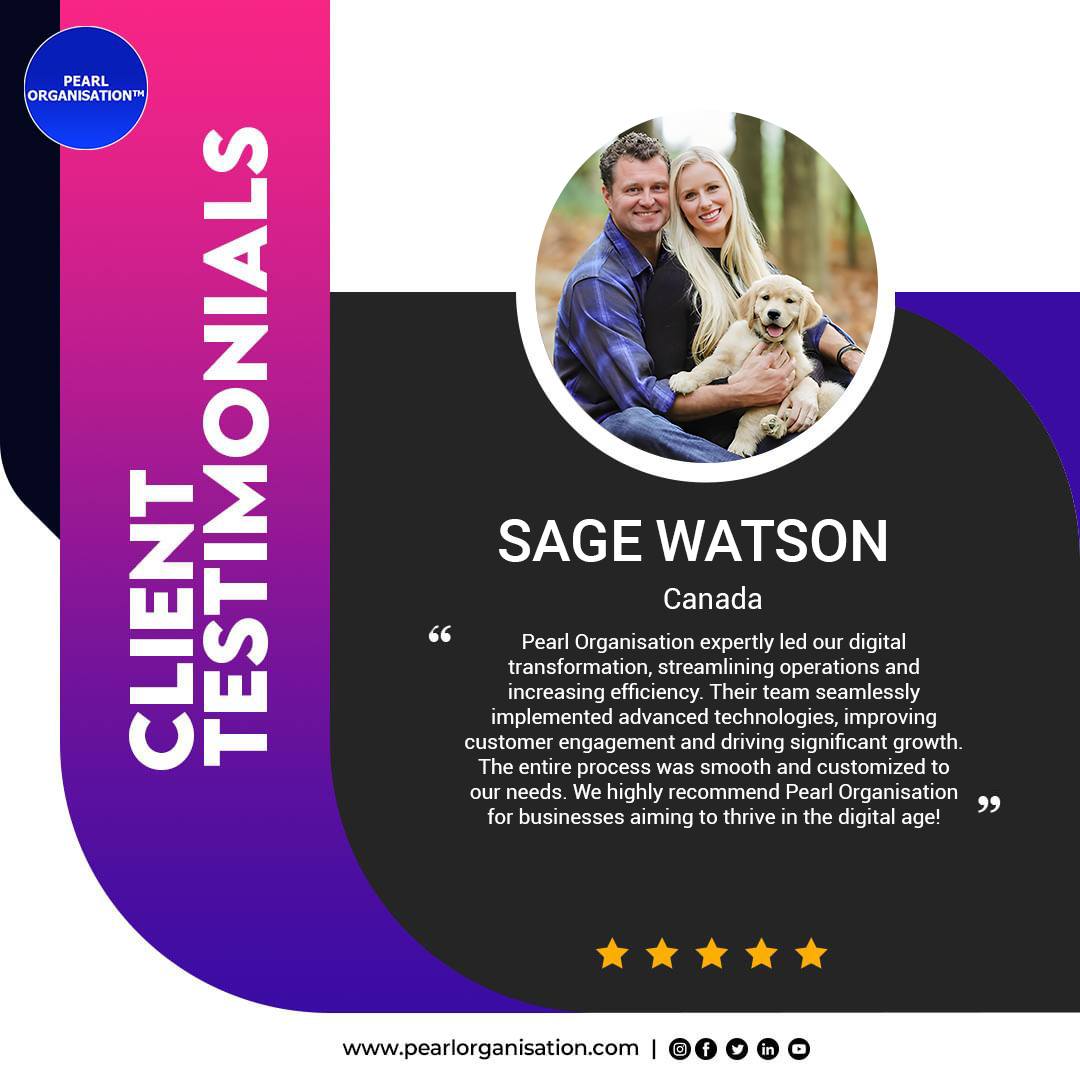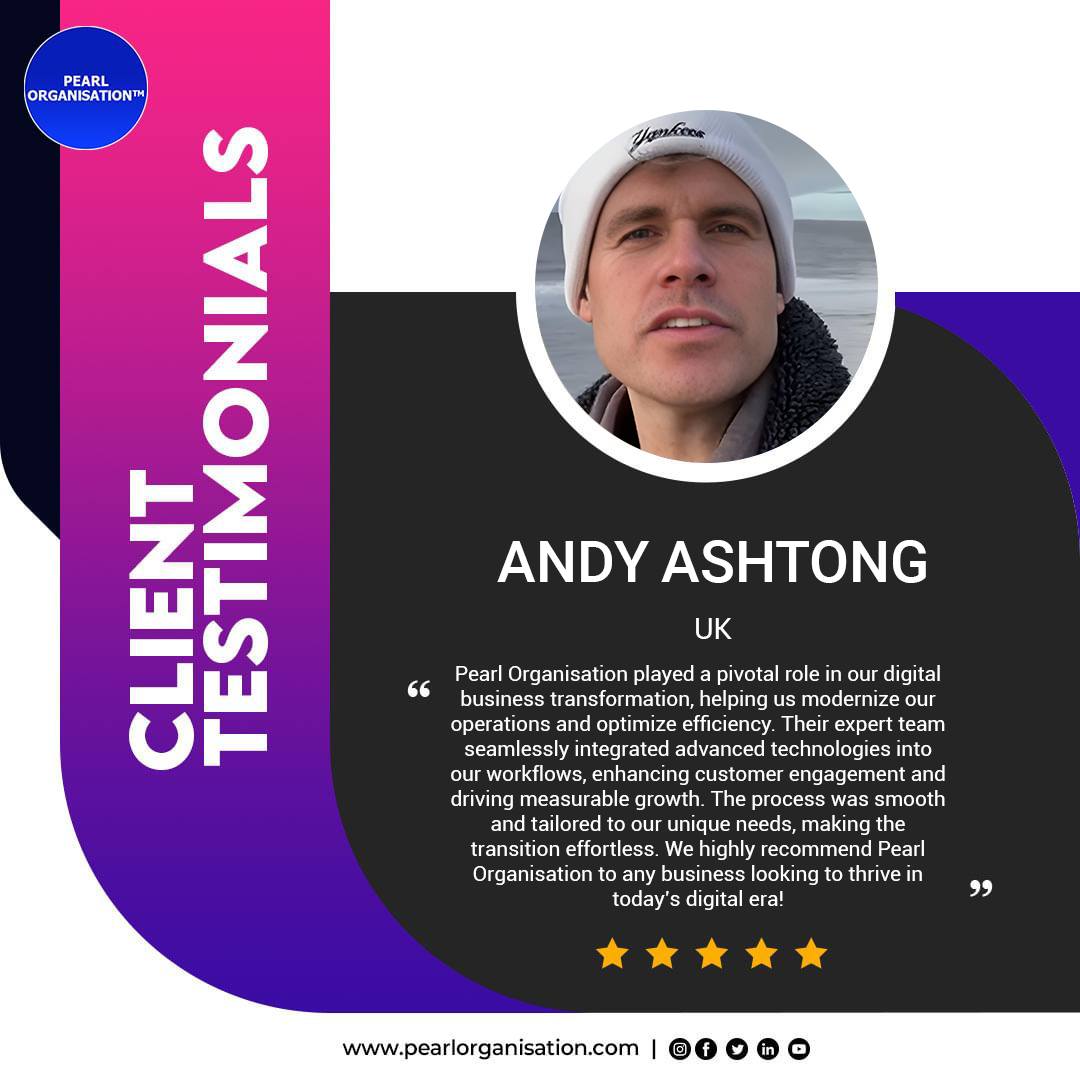Buy vs Build Software: Making the Right Choice for Your Business in 2025 🚀
- Larrisa

- Apr 29
- 7 min read

In a fast-paced digital economy, choosing the right software solution is not just a technical decision — it’s a strategic business move. Whether you're a startup, a growing mid-size enterprise, or an established corporation, the question inevitably arises: should you buy off-the-shelf software or build a custom solution tailored specifically to your needs?
At Pearl Organisation, we understand that making the right decision between buying or building software can profoundly impact your company’s efficiency, scalability, and long-term success.
This guide will take you through a detailed exploration of both approaches — their advantages, limitations, costs, risks, and when it’s best to choose one over the other. 📈
Why the "Buy vs Build" Question is More Relevant Than Ever
As we move through 2025, digital transformation is no longer a future goal — it’s a present necessity.
Businesses today face mounting pressures to innovate quickly, reduce costs, adapt to changing customer behaviors, and maintain operational agility.
Software is no longer just a back-office tool; it’s the backbone of every modern business — powering everything from customer experience to internal operations.
Because of this, selecting the right software strategy can mean the difference between staying competitive or falling behind.
That’s why more decision-makers today are asking: Should we buy a ready-made software solution or invest in building our own?
Quick Definition: What Does "Buy" and "Build" Really Mean?
Buying Software typically means purchasing an off-the-shelf solution (like Salesforce, SAP, HubSpot, or Shopify) that is ready to deploy, usually as a subscription (SaaS) or licensed product.
Building Software refers to developing a custom solution from scratch — either using an in-house development team or hiring a software development company (like Pearl Organisation) to create it based entirely on your specific requirements.
Both paths have their merits, and both carry risks.
Let’s dive deeper to make a truly informed decision.
Buy or Build? A Full Comparison 📊
Here’s a detailed side-by-side table showing how buying vs building software compares across critical dimensions:
Factor | Buy Software | Build Software |
Time to Deploy | Very Fast (days to weeks) | Longer (months) |
Initial Cost | Lower | Higher |
Customization | Limited (based on vendor’s features) | Full Customization |
Ownership | Vendor retains IP | You own 100% |
Scalability | Depends on vendor’s roadmap | Built for your exact scaling needs |
Control & Flexibility | Vendor decides feature updates | You decide everything |
Integration with Other Systems | Might require workarounds | Seamlessly integrated with your tech stack |
Ongoing Costs | Subscription/licensing fees | Maintenance and upgrade costs |
Long-Term ROI | Moderate (recurring costs) | High (one-time investment, no license fees) |
Pros and Cons of Buying Software 🛒
✅ Advantages of Buying Software:
Speed: Off-the-shelf software is typically ready to use immediately after installation or signup.
Lower Upfront Investment: Subscription models lower the initial financial burden.
Reliability: Established vendors usually offer secure, stable, and well-tested solutions.
Vendor Support: Customer support, updates, and patches are handled externally.
❌ Disadvantages of Buying Software:
Limited Customization: You must adapt your processes to the software, not the other way around.
Hidden Costs: Subscription fees, user limits, premium features, and integration charges can add up.
Vendor Lock-In: Switching later can be expensive and complicated.
Scalability Challenges: Growth beyond what the software was designed for may require costly upgrades or complete migration.
Pros and Cons of Building Software 🛠️
✅ Advantages of Building Software:
Tailored to Your Needs: Every feature, workflow, and integration is custom-built for your business.
Full Ownership: No license renewals, no sudden vendor shutdown risks.
Better Integration: Built to work perfectly with your existing tools, CRM, ERP, and systems.
Scalability and Future-Proofing: Designed to grow alongside your business.
❌ Disadvantages of Building Software:
Higher Initial Cost: Custom development is an investment — especially upfront.
Longer Time to Market: It can take several months to design, build, test, and launch.
Maintenance Responsibility: You or your partner (like Pearl Organisation) must handle updates, security, and scaling.
When to Buy Software Instead of Building It 🛍️
There are situations where buying software is clearly the smarter option:
You need a solution immediately — for example, CRM, HR management, accounting software.
Your budget is limited — initial cash flow constraints favor buying.
Your needs are standard — if you don’t need heavy customization, off-the-shelf works perfectly.
You prefer vendor support — ongoing maintenance and support are handled externally, freeing your internal teams.
Typical examples:
Salesforce for CRM, Shopify for e-commerce, Monday.com for project management.
When to Build Software for Maximum Strategic Advantage 🚀
Choosing to build custom software makes sense when:
You need a unique competitive advantage — custom features or workflows that make your business model distinct.
You want full control — data, features, integrations, and future upgrades on your terms.
Your operations are complex — industries like logistics, healthcare, finance, and manufacturing often require highly customized solutions.
You plan to scale rapidly — SaaS solutions can become bottlenecks when businesses grow quickly.
You want to minimize long-term costs — after the initial investment, owning your platform is more cost-effective over 5+ years.
Typical examples:
Pearl Organisation’s Expertise: Helping You Build or Customize the Right Software
At Pearl Organisation, we don't believe in one-size-fits-all advice. We work with you to deeply understand your vision, processes, customer experience goals, and future scalability needs.
Our services include:
Technology Consultation: We help you analyze if buying or building aligns better with your long-term goals.
Custom Software Development: For businesses needing unique solutions built on scalable, secure architectures.
ERP Customization and Integration: Tweaking existing platforms to perfectly fit your workflows.
Post-Launch Support and Optimization: We remain partners long after deployment to optimize, secure, and evolve your solution.
Whether it’s building a robust ERP, creating a custom CRM, or modernizing your entire digital ecosystem, Pearl Organisation provides the expertise, innovation, and reliability your business deserves.
Conclusion: Choose Wisely — Your Software Strategy Shapes Your Future 🌟
Deciding between buying and building software is not just a technical choice — it’s a fundamental business strategy decision. Buying may offer short-term convenience, but building provides long-term control, innovation, and differentiation. The right choice depends on your current needs, future vision, resources, and strategic goals.
At Pearl Organisation, we help you make that decision wisely — and then build the future you envision.
👉 Ready to explore your software strategy? Let’s talk today.
📚 FAQ Section: Buy vs Build Software Decision Guide
What does it mean to "buy software" for my business?
Buying software refers to purchasing or subscribing to ready-made solutions (often SaaS models) from established vendors. Examples include CRM platforms like Salesforce, project management tools like Monday.com, or e-commerce solutions like Shopify. These tools are pre-built, rapidly deployable, and typically come with customer support, but customization options may be limited.
What does it mean to "build custom software"?
Building custom software means developing an entirely personalized application tailored to your organization's specific needs. This involves hiring a development company like Pearl Organisation or assembling an internal development team to design, code, test, and deploy a solution that fits your processes, goals, and long-term scalability requirements.
When should a company buy software instead of building it?
You should consider buying software when:
You need a quick deployment.
Your operational needs are standard and don’t require heavy customization.
You are working with a limited initial budget.
You want to rely on vendor-provided maintenance, security, and updates.
When is building custom software the better option?
Building software is the smarter choice when:
Your processes are highly customized or complex.
You need features not available in the market.
You require full control over data, features, security, and scalability.
You are planning rapid business growth and want a future-proof platform without vendor limitations.
Is building custom software more expensive than buying?
In the short term, building custom software is generally more expensive than buying. Development, design, testing, and deployment costs are higher upfront. However, over a 5–10 year horizon, building often provides higher return on investment (ROI) since you avoid ongoing subscription fees, per-user charges, and limitations imposed by third-party vendors.
What are the hidden costs of buying software?
While buying software seems cheaper upfront, there can be hidden costs such as:
Subscription renewals
Premium feature unlocks
User seat limits
Integration fees with other systems
Data migration and storage costs
Potential vendor price increases over time
How long does it take to build custom software?
The timeline for custom software development depends on the project’s complexity, features, integrations, and team size. Typically:
Simple solutions (basic CRM, internal tools): 2 to 4 months
Mid-level platforms (e-commerce, basic ERP): 4 to 8 months
Enterprise-grade systems (full ERP, marketplaces, fintech apps): 8 to 18 months
At Pearl Organisation, we follow agile methodologies, delivering MVP (Minimum Viable Product) versions faster for early feedback.
What industries benefit most from building custom software?
Industries that typically gain the most from custom-built software include:
Custom solutions allow these industries to comply with regulations, optimize operations, and deliver unique value to their customers.
Can I customize bought software to fit my needs?
Some off-the-shelf software solutions offer limited customization through APIs, plug-ins, or configuration settings. However, deep structural changes — such as adding new modules, redesigning workflows, or major UX updates — are often restricted. If your customization needs are significant, building your own software might be the better investment.
How can Pearl Organisation help me decide whether to buy or build?
At Pearl Organisation, we offer comprehensive technology consultations where we:
Understand your business processes, goals, and customer experience priorities.
Analyze the best market solutions available.
Evaluate cost, time-to-market, scalability, and ROI.
Recommend whether buying, customizing, or full building is the best path.
We support you from strategy to execution — whether it's implementing a top-tier ERP or building a future-ready custom platform!




























